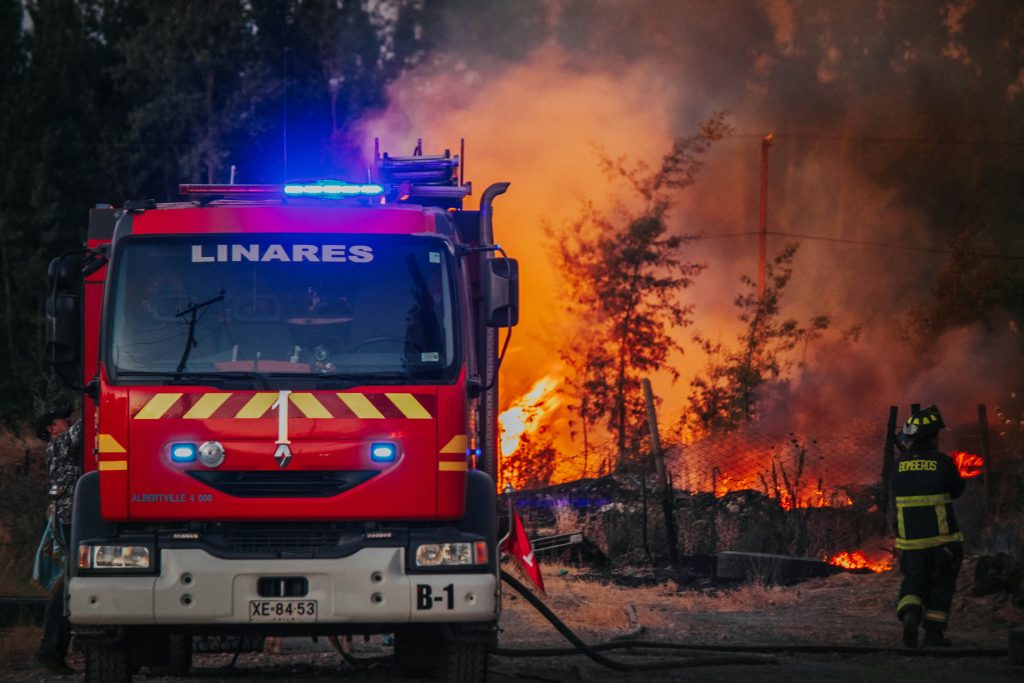By Max Singh,
Canada faces key challenges from the U.S. tariffs and the need to fund the government for the next fiscal year. With the recent election of Mark Carney as the new Federal Liberal leader and former Prime Minister Trudeau’s successor, he might secure support from the left-wing New Democratic Party. However, it is more likely that the government will lose a no-confidence vote shortly after Parliament reconvenes. This would trigger an election campaign, with the vote likely in May 2025.
What is the most critical issue facing Canada today?
Key domestic issues
Any new government will have to deal first with several ongoing domestic issues. Housing affordability, gas prices and groceries Affordability, Healthcare, inflation, Immigration, Taxes, Homelessness, Poverty, Crime and public safety, Opioid crisis, Gun violence, and racism are all problems of various magnitudes that will need to be dealt with.
The Canadian Economy and International Trade
If the U.S. moves towards a more protectionist outlook, expect Canadian exports to the U.S. to shrink. More tariffs on energy products, motor vehicles, manufacturing, and lumber mean certain country areas are also more exposed. The softwood lumber tariffs will impact places like Ontario, Quebec, and Manitoba, which produce and sell more of these products to the United States and British Columbia. The key for any new government is to diversify its export markets, build new relationships and trading partnerships with other countries around the world, and cease long-term reliance on the U.S. Other prominent issues relating to the economy include addressing Canada’s woefully poor productivity per worker rate which lags behind the U.S and many other countries. Any federal government must invest in high-level skills training, trades, and modern technology to keep the economy running optimally.

Unaffordability
Domestically, any new government must be prepared to share Canadians’ concerns about affordability and the prohibitive cost of living. Every government must play its part in relieving the affordability crises while advancing economic prosperity. Any federal government will have to work much closer with provinces and territories to address the high costs of groceries and food and work with farmers, producers, manufacturers, and retailers to reduce these costs. Provinces and territories will also examine interprovincial trade barriers that could be removed to help reduce costs.
Housing
While the federal government is trying to improve housing availability and affordability, Canada’s housing crisis requires flexibility. Funding programs should respond to local and regional needs, including all housing types. Consideration must be given to the increasing and changing pressures on the demand for housing, including the impact of immigration, population growth, and the substantial number of asylum seekers in some jurisdictions.

Immigration
Provinces and territories have a long and proud history of welcoming newcomers to Canada. However, given the pressures on housing, a distorted labor market, and the availability of programs and supports, any new federal government must constantly monitor, evaluate, and respond to the number of new immigrants, foreign workers, and international students entering the country. This is important to allow resources such as housing, labor market impacts, healthcare, community, and local resources to meet the needs of a growing population. At the same time, genuine asylum seekers entering Canada must also be distributed across Canada, corresponding to provincial and territorial capacity to provide housing and other support and services.
Human and Indigenous Rights
Other issues include longstanding challenges that remain across Canada, including widespread violations of the rights of marginalized groups, including Indigenous peoples, immigration detainees, people with disabilities, and older people. Inadequate access to clean, safe drinking water continues to pose a significant public health concern in many Indigenous communities. It impedes efforts to advance Indigenous rights in Canada.
Climate change
As one of the top 10 global greenhouse gas emitters and among the highest per capita emitters, Canada is contributing to the climate crisis. According to Climate Action Tracker, Canada’s climate goals are insufficient to meet the Paris Agreement’s target of limiting global warming to 1.5°C above pre-industrial levels. A new Canadian administration must prioritize this issue.
U.S. Foreign Policy
One of Canada’s most significant threats is the U.S. Trump administration imposing punitive trade tariffs and demanding that Canada cede to the U.S. as its so-called” 51st State.” Trump has derisively referred to Prime Minister Trudeau as “Governor of the State of Canada. “Any new Premier will have to deal with an aggressive, more combative America that will seek to gain much of an economic advantage with Canada in the key areas of trade and potentially border issues. Any previous political relationship Canada had had now changed, and a new U.S. foreign policy has to be carefully developed and able to evolve if necessary to meet these new challenges.

National Defence and International Relations
There are also questions around the U.S., demanding that other countries in the NATO Alliance contribute at least 2.5% of GDP to the organization and that the U.S. would no longer be willing to bear the lion’s share of defending the West against a possible Russian threat. Canada must address this issue, pay its fair share, and ultimately cease reliance on the U.S. Other foreign policies include thawing the frosty relationship with both India and China over claims of foreign interference in domestic politics and with India, in particular allegations that Indian government operatives were involved in targeted assassinations of Canadian nationals accused of being terrorists. Canada has a cordial relationship with most countries and must seek to make closer ties with Europe and Asia as a counterweight.
Strategic Infrastructure
Canada’s future prosperity requires predictability in federal infrastructure funding that complements the planning and investments already made by provinces and territories. The federal government should quickly engage provinces and territories on the new Canada Housing Infrastructure Fund (CHIF) and ensure a flexible approach that enables support for local and diverse priorities. The federal government should also restore funding levels to provinces’ requests for crucial funding on a case-by-case basis.
Emergency Preparedness and Response
Communities throughout Canada have faced record-setting wildfires, droughts, and floods in recent years, and this trend is expected to continue. To reduce disaster risk and ensure long-term resilience in Canada, the federal government must invest in more flexible and adequate disaster mitigation funding, programs, and policies and support good forestry management practices.
Sources – Government of Canada, Statistics Canada, Bank of Canada, Fraser Institute, Public Policy Forum, Premiers of Canada report, fitchratings.com, HRW World Report, RBC Capital Markets, Canadian Economic Outlook, Lindsay Patrick, Climate Action Tracker.



